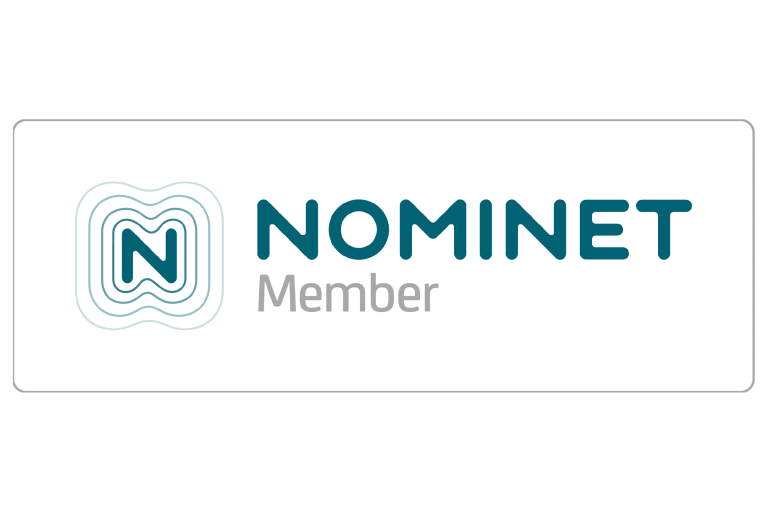With the last quarter of 2023 already here, you might be thinking of ways to make this your best quarter yet. Maybe it is time to up your marketing game, allowing you to generate the highest ROI so far this year? A marketing strategy is essential if you are wanting to jump on the bandwagon of the trends that have skyrocketed business growth this year: short format videos, influencer marketing & branded social media.
If you don’t know where to start with creating a marketing strategy for your business, you have definitely come to the right place. Let’s get started!
What is a Marketing Strategy?
In short, a marketing strategy is a detailed plan of a company’s promotional activities across a range of different channels. It usually includes objectives, information about your target market, a content plan, and of course key performance indicators (KPIs) to allow you to measure the success of your marketing efforts.
Some important things that your marketing strategy should do:
- Integrate all departments within the business to some specific goals
- Ensure that the marketing is aligned with the overall business objectives
- Identify the behaviours and needs of your target audience
- Give you the opportunity to capitalise on emerging trends
To succeed in the fast-paced world of marketing you need to constantly be one step ahead, whilst ensuring the content you deliver is relevant to your audience. Of course this isn’t easy to achieve, but we wanted to give you some pointers on how to create a complete marketing strategy for your business.
Components of a Marketing Strategy
Marketing Mix
This is often referred to as the 4Ps of marketing: Product (what are you selling?), Price (how much are you selling it for?), Place (where will your product be sold?) & Promotion (where will you be promoting your product?). The marketing mix may sound incredibly basic, but knowing the answers to these questions will start getting you thinking about other aspects of the marketing strategy.
Objectives
Marketing objectives should be SMART (Specific, Measurable, Accurate, Realistic and Timely), and will help to form other components of the marketing strategy so need to be created early on in the process. Think about exactly what you want to achieve from your marketing campaigns, and when these need to be achieved by.
Budget
Without allocating your marketing strategy a specific budget, it can be very easy to overspend. The best way to go about this is to start small, focusing your budget on one or two key areas. As you will be measuring the success of your marketing campaigns you can then decide if you want to invest more budget to generate a higher ROI.
Competitive Analysis
While you don’t want to be copying your competitors, it is always a good idea to have an eye on the market. What sets your business and products apart from others? (i.e. what is your USP?). Research who your competitors are trying to attract, does that correlate with your target audience?
Targeting & Positioning
This is all about understanding your audience so you are able to deliver relevant, personalised content to them. There are 3 steps to carry out within this process:
- Identify your target audience
- Target a segment of your audience
- Map out where your brand sits in relation to other brands
Content Creation
Don’t rush into the content creation stage, you want to have a more strategic approach where possible. Think about the channels that your audience spend time using, and make sure your business is visible during the times they are online. Also look at trends which have a high ROI, such as short-form video content, so you know exactly where to allocate your resources.
KPIs
Measuring the success of your marketing campaigns is critical. What is the point in spending thousands of pounds on marketing if you have no idea what this correlates to in sales? Some examples of KPIS include: conversion rates, customer acquisition cost, organic traffic, and qualified leads. To learn more about KPIs, check out the 5 important marketing KPIs you should be measuring.
5 Steps to Creating a Marketing Strategy
So now that you have a better understanding of what goes into a marketing plan, let’s have a look at how you actually start pulling everything together & create a holistic marketing strategy.
Build a marketing plan
Planning is key, even for your marketing strategy (which in itself is a type of plan). The main aim of a marketing plan is to identify the budget you have for the year, what your marketing strategy is trying to achieve, and the marketing channels you plan on using to implement your strategy. This all needs to be linked with the overall goals of the business too.
Create buyer personas
This is an insight into your ideal buyer and their behaviours. For example, a buyer persona could be a middle-aged woman, working part-time, who has children, and likes to shop locally. Once you have identified your core audience it becomes a lot easier to create content that will appeal to them.
Establish your goals
Your marketing goals should always be closely aligned with the business goals. Whether you are looking to increase brand awareness, drive more visitors to your website, or become a thought leader within your industry, you need to establish what you are wanting to achieve.
Choose your marketing channels
The best way to break this down is by splitting these down into 3 categories: paid, owned, and earned media. Paid media is where you spend money to attract your target audience (think Google Ads & Facebook Ads); owned media is where your marketing team has to create the content (videos, podcasts, infographics etc); earned media is user-generated content (so influencer marketing).
Once you have thought about each media type individually, you may think of ways that you can link these together. For example promoting a blog your team have written on social media, and then getting your audience to share this on their platforms. This would include all of the 3 categories.
Audit & plan your campaigns
This is the hardest part, creating a content plan. This should include goals, topic ideas, formats, and channels for each individual piece of content. Also think about how each piece of content is going to solve a problem that one of your buyer personas may have.
Get Cracking
All that is left to do now is to take action by creating a document that maps out the exact steps you need to take in order for your marketing strategy to come alive! Try not to think in the moment with this document either, look into the future (ideally 12 months), and include any new product releases that you need to promote as they come out too.
We hope this has given you an insight into how to create a complete marketing strategy for your business. We would love to hear how you get on!
Looking to elevate your business with Digital Marketing? Our dedicated team of experts at DBS Digital is here to assist you. Discover how we can boost your success. Get in touch with us today









